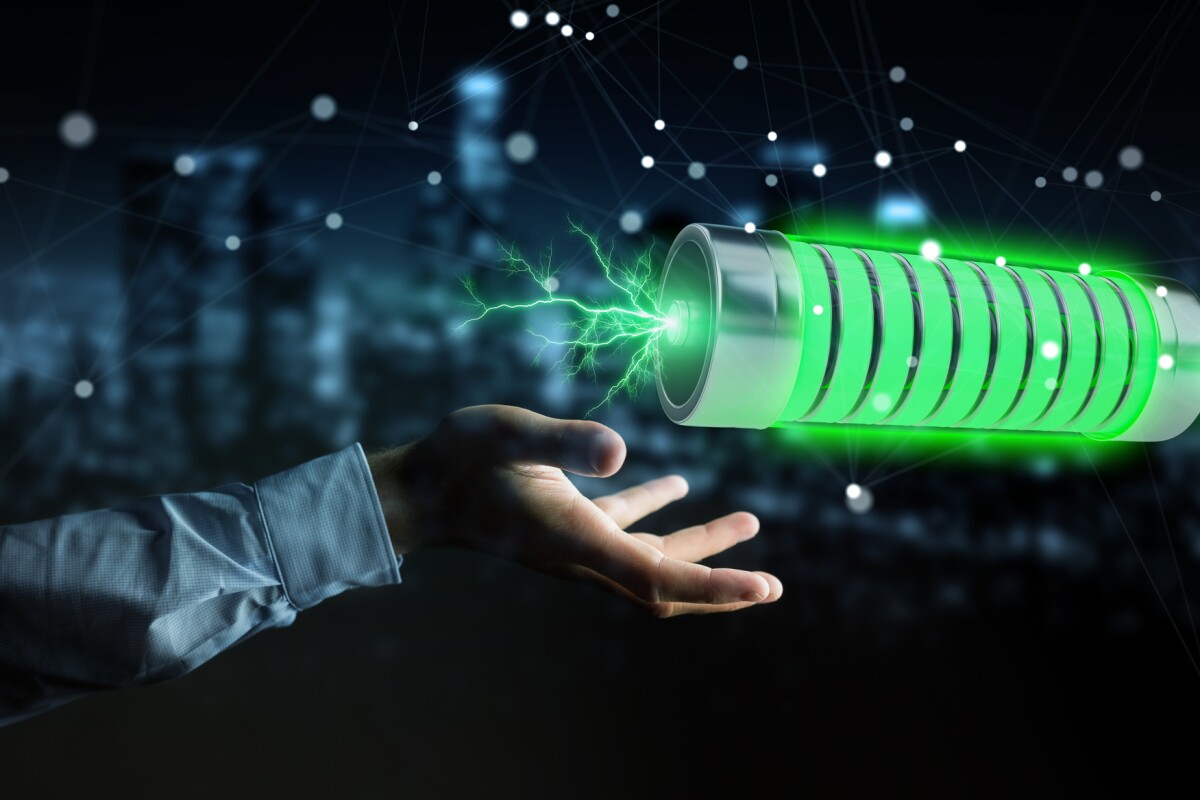
this will inform rather well on the design problems with lithium. early days here, but the geometyry and the gold acts to control deposition surprisingly well and the payoff is huge.
Let us hope tnhis can really turn into a manufacturing process.
It also shows us why real progress has been do slow and even painful
Lithium metal battery charges fast by stowing ions in a hollow core
By Nick Lavars
A new battery design out of South Korea could help unlock fast-charging, high-density batteries
https://newatlas.com/energy/lithium-metal-battery-charges-fast-hollow-core/
Scientists at South Korea's National Research Council of Science & Technology have demonstrated a promising new battery architecture, and one that could lead to big improvements in capacity and charge times. The breakthrough stems from a new design for high-density lithium metal batteries that carefully controls problematic ion growths, enabling it to maintain its function over hundreds of cycles.
The lithium batteries in use today feature an anode component made out of graphite, but were scientists able to use pure lithium metal instead, it would mark a huge leap in energy storage technology. That's because lithium metal has a theoretical capacity that is around 10 times higher, at around 3,860 mAh/g compared to graphite's 372 mAh/g, which would send electric vehicles much farther on each charge, for example, or enable smartphones to run for a week.
But these batteries generate energy through different chemical reactions, and with these come another set of problems to solve. As a lithium-metal battery is cycled, lithium ions grow unevenly on the anode surface into tentacle-shaped formations known as dendrites. The protrusions can cause the anode to expand and the battery to short or catch fire. A great deal of research focuses on solving this issue.
The authors of this new study approached the problem with a porous carbon structure featuring a hollow core, to serve as the anode. These Li-confinable core–shell hosts, as they're called, are seen as an exciting prospect in this field, with an ability to prevent dendrite growth and volume expansion by stowing the lithium away in a hollow core during cycling. They do, however, suffer from poor electrochemical performance in another way, with undesirable lithium growth still forming on the surface of the structure during operation, something known as top plating.
The team has developed a new design for these structures that incorporates a small amount of gold nanoparticles in the hollow core. These particles have an affinity for lithium ions and are therefore able to control the direction they grow in, coaxing them into the core, while also creating nanoscale pores in the shell to further promote the migration of lithium ions towards the hollow center.
This served to prevent dendrite growth and top plating, with the resulting battery design showing great potential in the team's simulated experiments. Lithium ion deposition was kept within the structure under high-current charging conditions, and enabled it to retain 82.5 percent of its capacity over 500 charging cycles at a high current density. The team believe this longevity and tolerance for high current densities points to a high-capacity battery that not only can go the distance, but be recharged quickly as well.
“Despite the merit of high capacity, the Li-metal batteries have many hurdles to be overcome for commercialization mainly due to stability and safety issues,” said Dr. Byung Gon Kim, who led the research team. “Our study is invaluable in that we developed a technique for mass production of Li-metal reservoir with high coulombic efficiency for fast-rechargeable Li-metal batteries.”
No comments:
Post a Comment